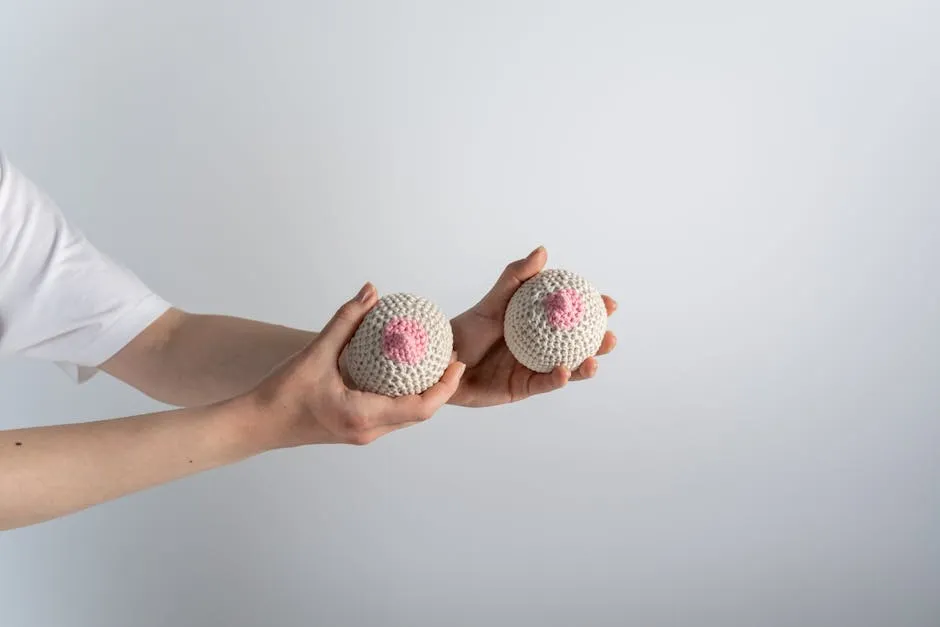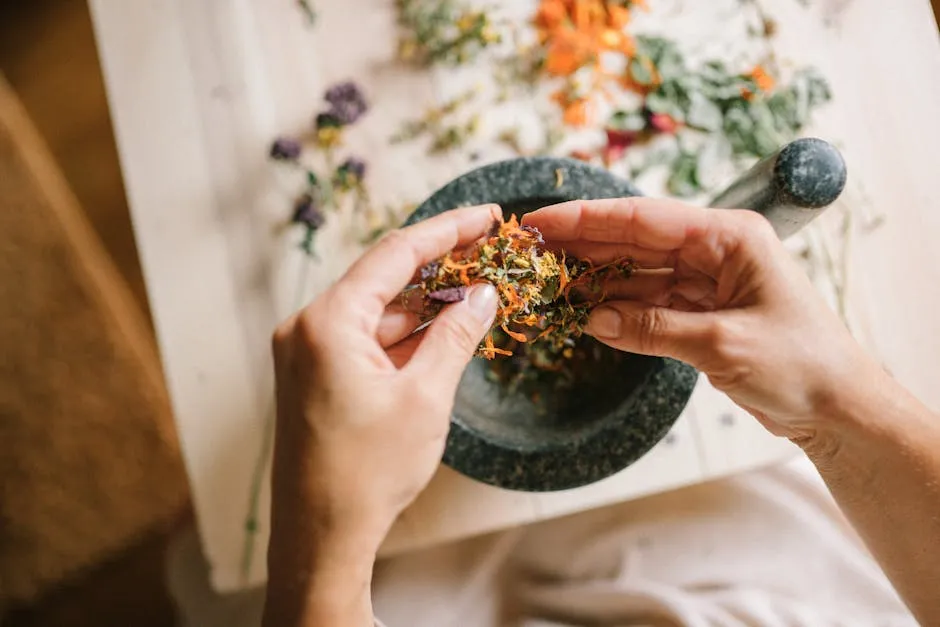
Why Does My Nipple Hurt? Understanding the Causes and Solutions
Introduction
Nipple pain can be uncomfortable and concerning. Understanding the reasons behind this discomfort is crucial for effective treatment. Importantly, nipple pain can affect anyone, regardless of gender, highlighting that it’s a common issue worth addressing.
Summary and Overview
Nipple pain, or sensitivity, is a familiar experience for many individuals. It can stem from various causes, including friction, hormonal fluctuations, infections, and skin conditions. Friction often occurs from clothing or physical activities, while hormonal changes might happen during the menstrual cycle or pregnancy. Infections, such as mastitis or yeast infections, can also lead to pain. Persistent nipple pain should prompt a consultation with a healthcare professional, as it could indicate underlying serious conditions, including breast cancer. Being aware of these causes can empower you to seek the appropriate care.
Causes of Nipple Pain
1. Friction and Chafing
Friction is a major cause of nipple pain. This often occurs when clothing rubs against the skin, especially with poorly fitting bras. If you’re an athlete, you might have heard of “jogger’s nipple.” This condition happens when runners experience irritation from their clothing. The repetitive motion can lead to soreness or even bleeding.
To prevent friction, opt for well-fitted bras that provide support without being too tight. Consider wearing moisture-wicking fabrics during workouts. Applying anti-chafe balms or using nipple guards can also help. If you notice irritation, take a break from activities and allow your skin to heal.

2. Hormonal Changes
Hormonal fluctuations can significantly impact nipple sensitivity. For many, this occurs during the menstrual cycle. Increased estrogen levels before your period can lead to tender nipples. Similarly, during pregnancy, hormonal changes can make your nipples feel more sensitive and swollen.
Men can also experience hormonal shifts. Imbalances in testosterone and estrogen can result in nipple tenderness. If you notice persistent sensitivity, it might be worth discussing with a healthcare provider. Understanding how hormones affect your body can help you manage these changes more effectively.

3. Infections
Infections can be a primary cause of nipple pain. Two common types are mastitis and thrush. Mastitis often occurs in breastfeeding mothers. It leads to inflammation and can cause sharp pain in the affected breast. Symptoms include swelling, redness, and even fever. If you experience these, seek medical help promptly.
Thrush, a yeast infection, can also affect the nipples. It may cause burning pain, along with red, flaky skin. If you notice these symptoms, it’s essential to consult a healthcare provider for proper diagnosis and treatment. Infections like these require medical attention to prevent complications and ensure effective healing.

4. Allergic Reactions
Allergic reactions can cause irritation around the nipples. Skin conditions such as contact dermatitis are common culprits. This can happen when the skin reacts to irritants like soaps, detergents, or lotions. Symptoms might include redness, itching, or a rash.
To reduce the risk of allergic reactions, consider switching to hypoallergenic products. Use mild soaps and detergents free from harsh chemicals. Always test new products on a small skin area first. If irritation persists, consult a healthcare professional for further evaluation and potential treatment options.

5. Breastfeeding-Related Issues
Breastfeeding can lead to nipple pain, especially for new mothers. One common cause is an improper latch. When the baby doesn’t attach correctly, it can cause significant discomfort. Look for signs like redness or cracks on your nipples.
To manage and prevent pain, ensure the baby is latching on correctly. Experiment with different nursing positions. Applying lanolin cream can soothe irritated skin. If pain continues, consider reaching out to a lactation consultant. They can provide personalized guidance to improve your breastfeeding experience.

6. Paget’s Disease and Other Serious Conditions
Paget’s disease of the nipple is a rare condition. It often starts with changes to the skin on the nipple. Symptoms may include redness, flaking, and irritation. You might also notice a discharge that could be clear or bloody. It’s essential to recognize these signs early, as Paget’s disease can indicate underlying breast cancer.
While not common, breast cancer can also cause nipple pain. If you experience persistent discomfort, especially with other symptoms like lumps or changes in the nipple’s appearance, consult a healthcare professional. Early detection is vital for effective treatment. Remember, while many causes of nipple pain are benign, it’s crucial to be aware of the serious conditions that can arise.

7. Other Factors
Several other factors can contribute to nipple sensitivity. For instance, certain medications may lead to side effects, including nipple pain. If you’ve recently started a new medication, consider discussing this with your doctor.
Excess weight can also play a role. Increased fat tissue can create friction and hormonal changes, leading to sensitivity. Skin conditions like eczema or dermatitis may cause irritation around the nipple area. Symptoms often include itching, redness, or a rash. If you notice these signs, consider evaluating your skincare products for potential allergens. Taking these factors into account can help you manage and alleviate nipple discomfort effectively.

Treatment and Prevention Tips
1. Lifestyle Adjustments
Wearing well-fitted clothing is essential for nipple comfort. Ill-fitting bras can create unnecessary friction and pressure. Opt for supportive bras made of breathable materials, like adjustable sports bras. Additionally, avoid irritants in skincare products. Switch to hypoallergenic soaps and detergents to minimize skin reactions. These simple adjustments can significantly enhance your comfort and prevent further irritation.

2. Home Remedies
If you’re dealing with sore nipples, there are some simple home remedies you can try. Applying lanolin cream can provide much-needed moisture and relief. This natural product is safe and effective for soothing sensitive skin. Another option is using a warm compress pack. Just soak a clean cloth in warm water, wring it out, and gently press it against your nipples. This can help reduce pain and promote relaxation.
However, if your discomfort continues or worsens, it’s time to consult a healthcare provider. Persistent pain may indicate an underlying issue that needs professional attention. Remember, taking care of yourself is important!

3. When to Seek Medical Attention
Sometimes, nipple pain signals that you should see a doctor. If you notice persistent pain, especially if it’s sharp or throbbing, don’t ignore it. Also, watch for any unusual discharge from your nipples. This could indicate an infection or other concerns requiring medical evaluation.
Regular check-ups are crucial for maintaining breast health. Be proactive about any changes in your body. If you have concerns, reach out to your healthcare provider for guidance. Early intervention is key to addressing potential issues effectively.

Conclusion
Understanding nipple pain is vital for managing your health. Various causes exist, from hormonal changes to infections. If symptoms persist, seeking professional advice is essential. Don’t hesitate to reach out to a healthcare provider if you’re unsure. Awareness and early intervention can make a significant difference in your well-being. Stay informed and take care!
Also, if you’re looking to unwind after a long day, consider exploring aromatherapy essential oils or a herbal tea for relaxation. Taking time for yourself is crucial, and these products can help you create a soothing environment.
Please let us know what you think about our content by leaving a comment down below!
Thank you for reading till here 🙂
All images from Pexels




